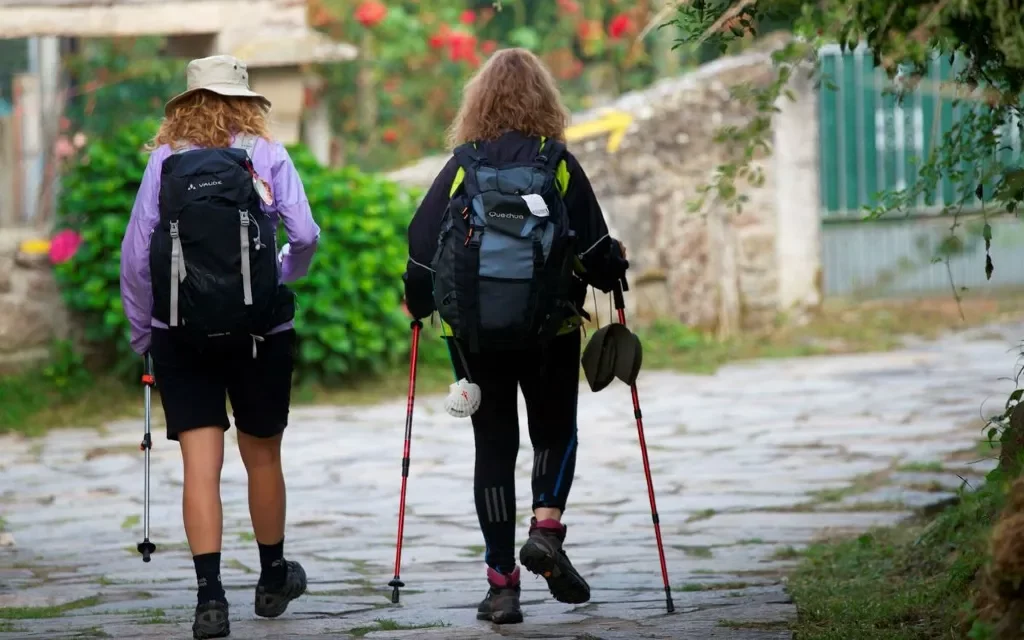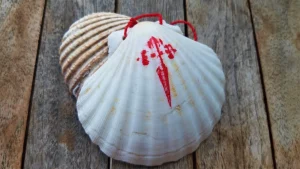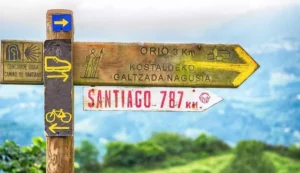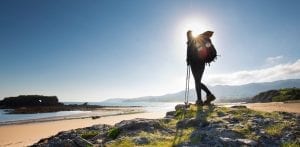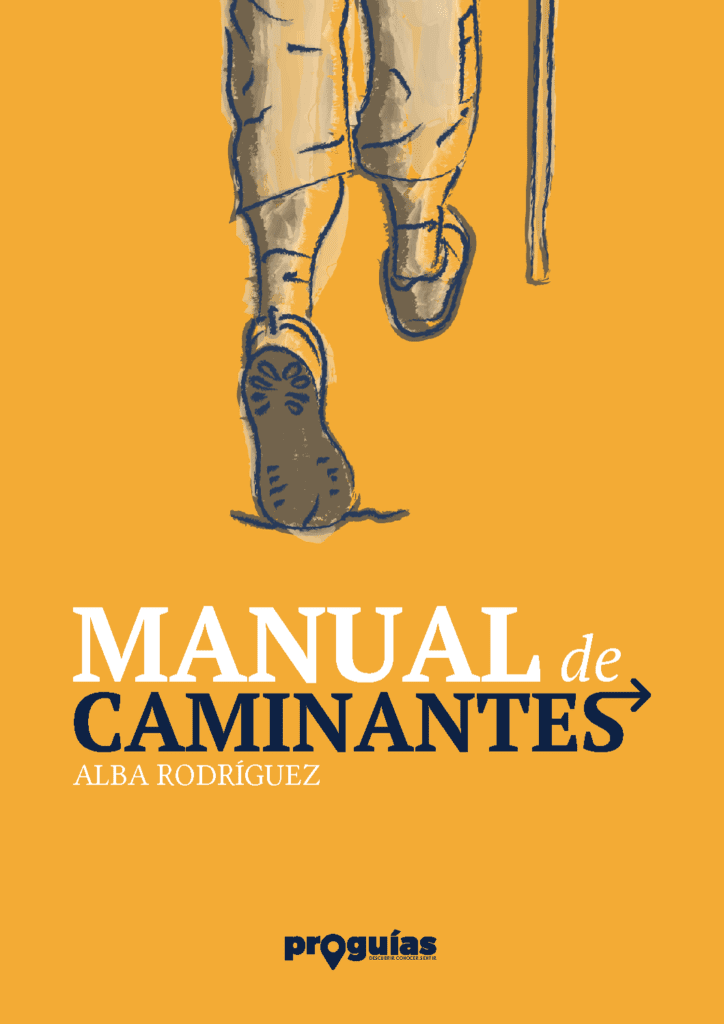Walking or cycling to Santiago de Compostela following one of the millenary routes that lead there is, in principle, a simple activity. But, as with everything in life, there are sometimes confusions, misunderstandings and misconceptions. Preconceptions that are often erroneous and need to be disproved. So today we will talk about the most common misconceptions about the Camino de Santiago.
1. There is only one Way of Saint James
This is one of those common misconceptions about the Camino de Santiago, especially in those people who are approaching the phenomenon of the Camino for the first time. The truth is that there are as many Caminos de Santiago as there are people who walk them.
In the old days, walkers from all over Europe started from their homes, so as they progressed they created their own routes, which gradually converged on the same routes because they were safer (because there were more walkers) or simply because they had more services at hand (again, because there were more walkers).
Today there are different routes with official recognition and good signposting. In addition, the Way of St. James is expanding and old forgotten routes continue to be recovered, such as the via KünigThe signposting, services, etc. are gradually being completed.
If you prefer to focus on one of the busier, more serviced and better signposted routes, there are currently eight Caminos that are considered "official" (with some variants). Not sure which one to choose? Read this.
2. The Camino is overflowing in summer
This preconception is almost a consequence of the previous one. It is true that, in the months of May to September, which is when most people have holidays in the northern hemisphere, there are more people on the Camino. But we already know that there is more than one route.
Roads such as the French and Portuguese routes, both in their coastal and inland variants, can become saturated at times, especially when we cross the last hundred kilometres. And, undoubtedly, there are people who are annoyed by this and regret that other people have had the same idea. But other itineraries such as the English Way or the Primitive Way are far from being overwhelmed. Even some Caminos, such as the Winter or the Sanabrés, are still quite solitary and very quiet at any time of the year.
So, if you want to start with a more popular route, such as the Portuguese or French route, and you only have free time in summer, it is best to plan ahead and book accommodation and other services. If you want, we we can help you with that part.
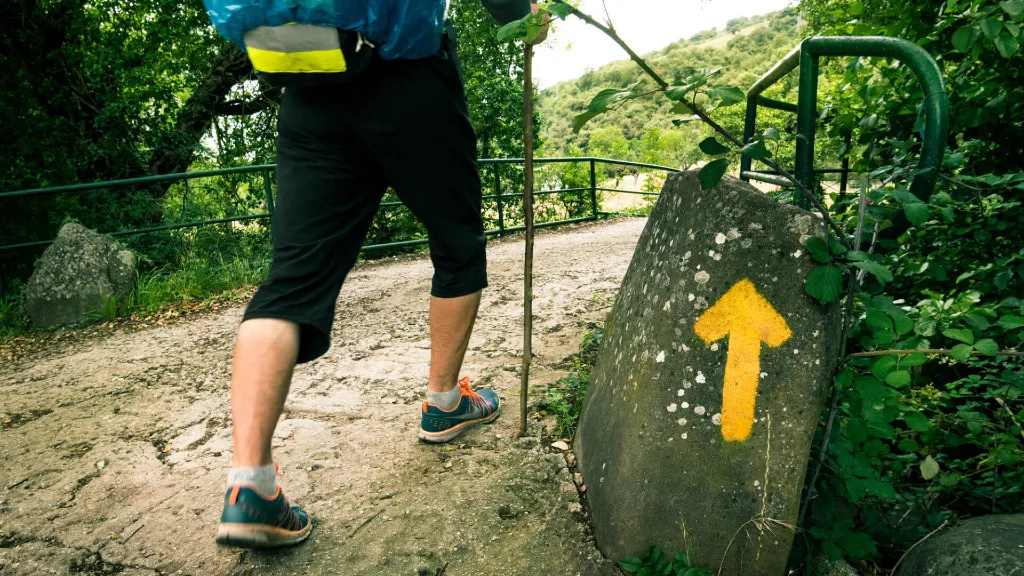
3. The Way begins in Roncevalles and ends in Santiago.
We have heard it a thousand times. And, in fact, it is one of the main misconceptions about the Camino de Santiago that also derive from the first one, to think that there is only one route. But it is not even correct to say this for the French Way, which indeed passes through Roncesvalles, but does not necessarily start there. Before reaching Roncesvalles there are still many kilometres of Camino through France, Italy, Germany, etc. Is Roncesvalles more of a "beginning" than Saint-Jean-Pied-de-Port, on the other side of the mountain?
In other words: the Camino de Santiago starts where you start it. If you have little time, you will have to start closer to Santiago or do it in parts. Simply that.
4. The Camino must be done in its entirety
This is another of those misunderstandings that many people who approach the Camino for the first time go through. In short: it is impossible to do the Camino "in its entirety" because the paths do not have a specific and immutable beginning.
Nor would it be obligatory to do it "whole" in order to obtain the Compostela - the religious certificate that recognises pilgrims. Only the last 100 km of each of the routes are taken into account. What is done beyond this does not have any effect on this procedure, although there is a certificate (different from the Compostela) which takes into account the entire route.
To find out more about the documents of the Camino de Santiago, read this.
Therefore, as we said a few lines above, if you are thinking that you would like to do a "complete" Camino but you do not have too many days, you should know that you can do it in parts. For example, doing four or five stages one month, and another four or five a month later or the following year. At this article you can see how to do it.
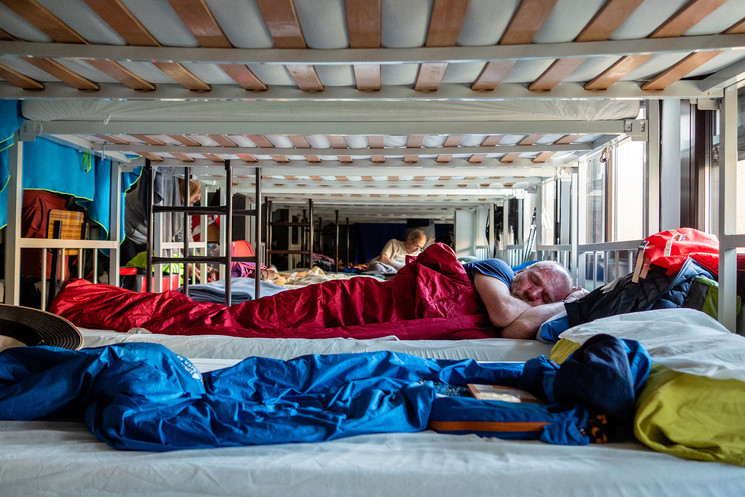
5. If you don't sleep in hostels, you are not living the real Camino.
This is one of the most common misconceptions about the Camino de Santiago: to think that there is a more authentic Camino than another just because of the fact of sleeping in shared spaces.
What makes the Camino experience authentic is to enjoy it with all five senses in all its moments: crossing paths with other pilgrims, sharing water at a fountain or dinner, meeting and chatting with people who live in the places we pass through, discovering the landscapes and their stories, etc. None of this is impeded or minimised just by sleeping in a private room.
In other words, not everyone can or wants to spend the night surrounded by more people. This does not make these people less pilgrims nor does it detract one iota of authenticity from their Camino.
6. The Way is to go as far as your strength will take you.
Another misconception is that the Camino is more authentic if we let ourselves be carried away by the sensations of our body and improvise. We hear more and more that "as far as your feet will take you". But, spoiler alert: it doesn't always end well.
It is true that, for more experienced people, it can be an option. Especially because the Camino is quite flexible and on some routes there is accommodation and services every few kilometres. But if you don't know the route well, going "where your feet take you" can get you into trouble. Especially at peak times, when accommodation fills up quickly. Not everyone can sleep out in the open in the busiest places or wait until the last minute to see if the local council opens a pavilion where you can spread out your sleeping bag.
If you want to avoid this possibility, it is important to book your accommodation, either in hostels or in private rooms (hotels, hostels, guesthouses, inns, etc.). In addition, being clear about the stages you will do, how much you will have to walk each day and the effort that this will entail allows you to better manage your strength and avoid overload. And the latter is a golden rule for pilgrims who begin to enter the Camino for the first time. No one wants to have to give up at the drop of a hat because they have not planned their journey minimally or have not properly weighed the distances and the challenge.
Therefore, our recommendation is to plan. Always.
Handbook of Pilgrims
Download the most complete guide to prepare the Camino de Santiago from scratch and step by step.
7. If you contract the transport of your luggage, you are cheating
No, you are not cheating. Or, at least, no more cheating than you do when you take a plane or a train to get from your home to the starting point of your route. Again, this is one of those misconceptions about the Camino de Santiago that have to do with an unnecessarily rigid conception of the Camino and the way to do it. Nowhere is it written that the Camino should be an experience of suffering or over-exertion. If someone wants to do it under those parameters, fine. But not everyone is looking for that.
On the other hand, it is clear that not everyone can carry the weight of their luggage. And the reasons are very diverse: back problems, old age, the need for heavy objects in the luggage, or simply because you want to enjoy the Camino without additional impediments. Any of these reasons is as good as the previous ones, and nobody should even ask you for explanations.
Fortunately, most of the more popular Caminos have services that allow us to carrying our luggage between accommodations (for which they must be booked in advance) for an affordable cost. This allows us to take only a smaller backpack where we can keep the essentials for the stage (water, some food, documentation, a mobile phone and little else) and find ourselves with the bulk of the luggage at the end of the stage. Less weight on our body avoids injuries and overloads and gives us more freedom of movement to enjoy each of the aspects that make the Camino great and that will appear as we move forward.
Recap: misconceptions about the Way of St. James
In this article we have reviewed some of those misconceptions about the Camino de Santiago that we find more. Both among people who come to us to help them plan their experience as in groups and social networking conversations where we participate guiding people to the extent of our possibilities.
Some of these prejudices are about the nature of the Camino itself and have to do with a lack of deeper knowledge about the subject. Such a lack is normal when we first approach the phenomenon and is overcome as we read, plan and imagine our experience.
Other prejudices, on the other hand, have to do with the expectations that some people have about how the Camino should be carried out and what is expected of them. other pilgrims should do. These misconceptions are overcome when we realise that the Camino is wide and there is room for all kinds of people. And that, precisely for this reason, it is ridiculous to tell someone that they are "cheating" or that they are not doing "the real Camino".
Once again, let us insist: the Camino is not a race or a test of endurance. Nor is it necessarily an early penance. It is a cultural and religious itinerary that more and more people are following. And to walk it, it is not necessary to sleep in shared spaces or to carry heavy loads on our backs or to rush out at dawn to make sure we find a free place in some accommodation because we did not want to book it beforehand. Is it possible to do it like this? Of course it can. But there must be room for other ways.


